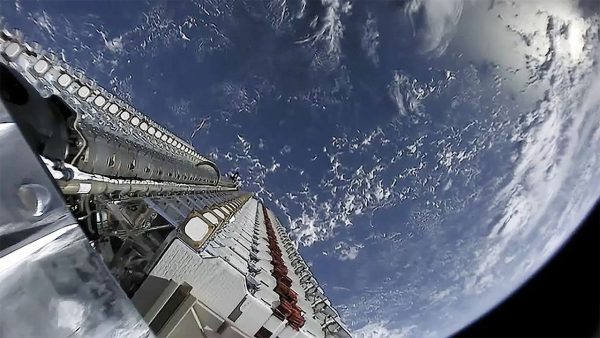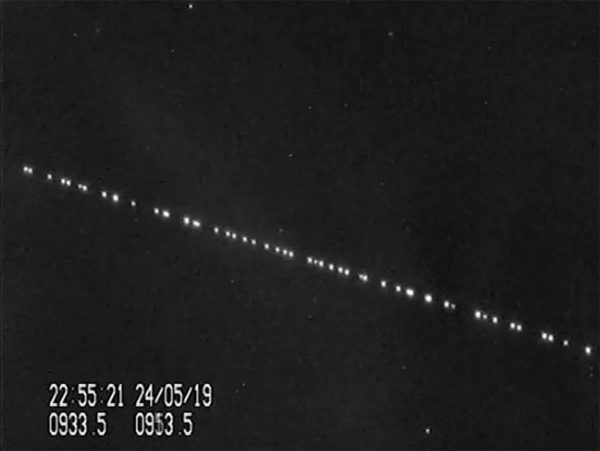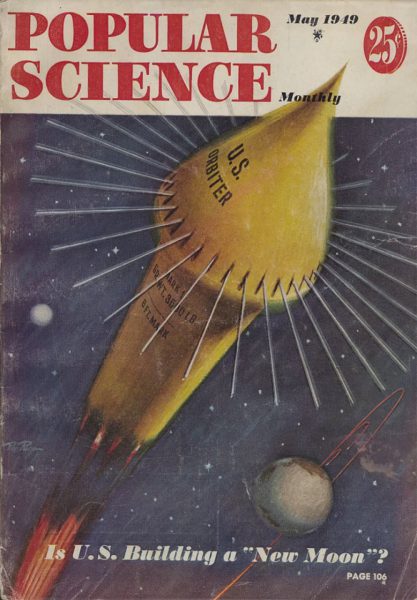
Newsletter Sign Up
Sign up today to our quarterly newsletter
View more

Elon Musk announced the Starlink project in January 2015.
The outspoken CEO of SpaceX has a plan: placing thousands of K-Band communications satellites in low earth orbit (300-500km in altitude). The satellites would feature high bandwidth, low latency radio communication between satellite and base stations on the ground as well as a mesh-style network using high bandwidth laser interlinks between satellites.
SpaceX wants Starlink to provide global coverage featuring connection speeds of up to 1 Gbps and latencies of less than 20 milliseconds. Starlink will be ideal for remote or sparsely populated areas where broadband internet is slow, unreliable, expensive or even not available at all. Starlink has become a controversial topic in astronomy.
Some people are excited about the level of service Starlink could provide, but others who work in astronomy, particularly those who use telescopes to do research, are not so impressed.
I’m confident that we will not cause any impact whatsoever in astronomical discoveries, zero – Elon Musk

A recent paper published by the European Southern Observatory titled “Impact of satellite constellations on astronomical observations with ESO telescopes in the visible and infrared domains” investigates in-depth the potential impacts “satellite trails” will have on astronomy research data.
There are potential ways to reduce Starlink’s impacts, including observing towards the opposite direction of the Sun so that the satellites are in Earth’s shadow, or scheduling observations so that the satellites will not pass through the field of view. Although these can help, they require detailed information about the orbits of these satellite constellations and may end up being costly or time-consuming workarounds.

In a recent interview at the Satellite 2020 conference in Washington, Musk reaffirmed his belief that Starlink would have no impact on astronomy once the satellites reach final orbit, ranting “I’m confident that we will not cause any impact whatsoever in astronomical discoveries, zero. That’s my prediction. We’ll take corrective action if it’s above zero.”
However, he also mentioned some ways SpaceX are reducing the reflectivity of the satellites. Improvements include painting the antenna black and installing a sunshade. As is the case most of the time, the reality is probably somewhere in the middle, but only time will tell.
In any case, the Starlink satellites are here to stay.

Sign up today to our quarterly newsletter
View more
Let others know of your experience
View more
Become an awesome volunteer
View more